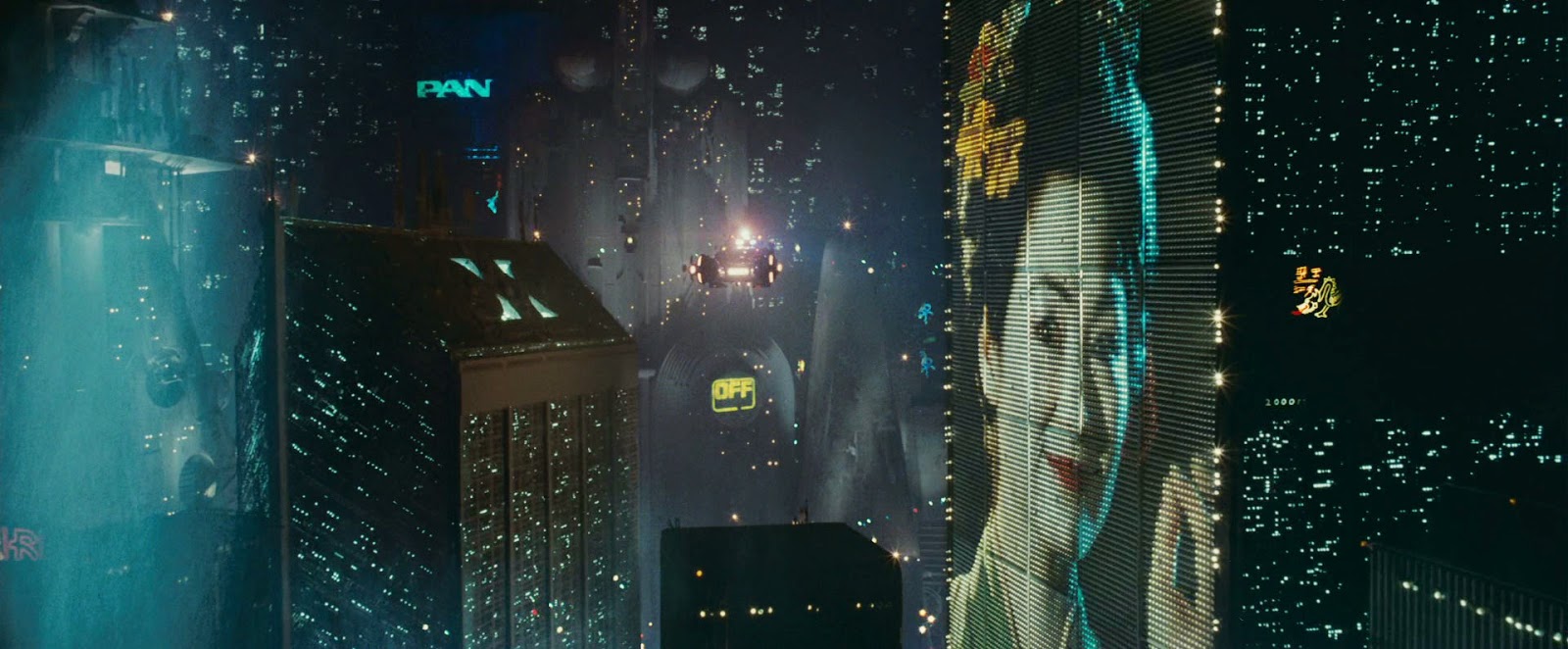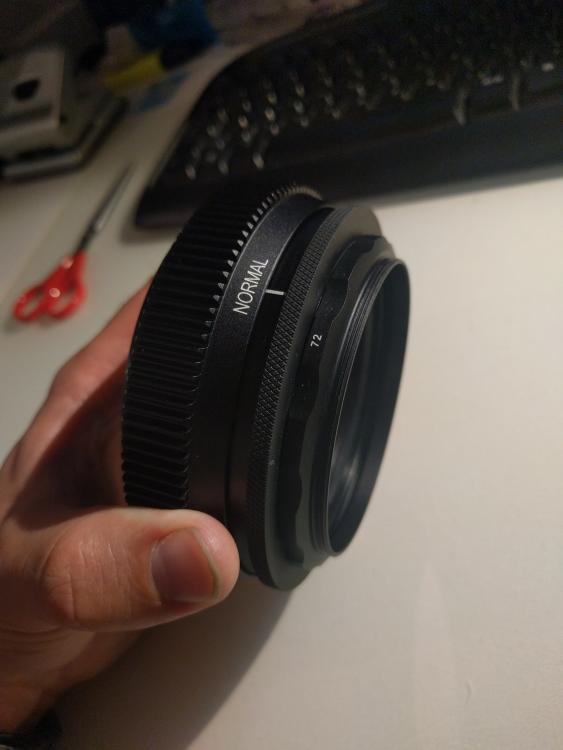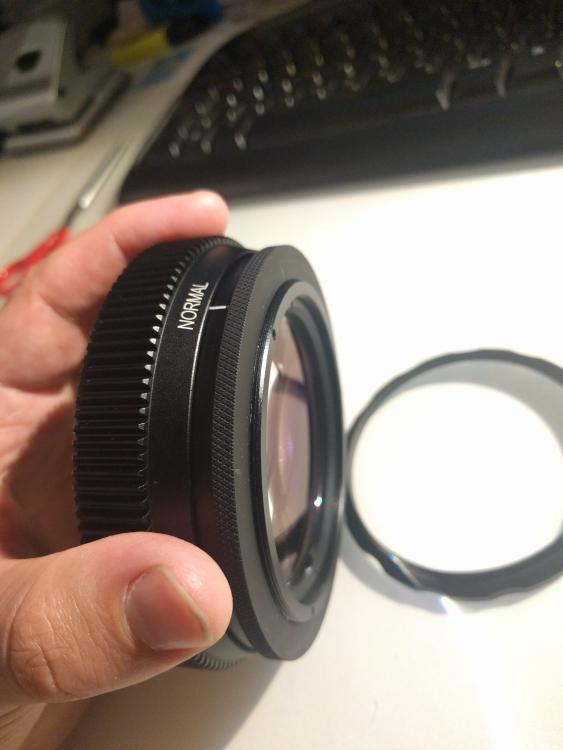
Timotheus
Members-
Posts
250 -
Joined
-
Last visited
Content Type
Profiles
Forums
Articles
Everything posted by Timotheus
-
^ I love how this never gets old. As for Canon, sure there will be a rational, clinical, business explanation for their choices. I also believe that the negative vibes people get from them are going to hurt them in the longer run. No fullframe 4k option without crop, no 4k over hdmi on the 5d4, no 4k on the 6d2, no c-log on flagship 1dxii, no basic video functions as peaking, 45 AF points on the 6d2 but all in the center, no middle codec on the c200, only 9 AF points on the 200d... All this considering Canon pricing. And that it is 2017. It just feels like pure calculation and/or cynicism. I don't like that. Now why would you make potential customers feel this way?
-
Congratulations on removing the step ring! Glad it worked out. But that second ring...no, I left that on haha. Can you put it back? Does it have a screw thread as well? What does the RF look like without it?
-
Mmm, tricky...mine got loose after unscrewing a rather tight fit. It then required little effort to remove and just soms acetone to clean the glue rests from the threads... Perhaps you could try and wiggle with some filter wrenches? Or try to get acetone on the threads to dissolve the glue :-/ It sure evaporates quickly, so even if you spill a little on the glass it shouldn't be too bad.
-
Yes! (only requirements £800 and waiting a few weeks / months) :-p
-
Heads up to users of the 72mm version of the SLR Magic Rangefinder (the discontinued one without distance markings)... The rear 72mm attachment ring on mine had some rotational play. I decided to see if I could remove it. I succeeded, turned out the connector was a step ring glued on! Underneath a 77mm thread, just like the one with distance markings. See pictures. Trying to remove the step ring (at your own risk ;-)) might be worth it as it brings the RF closer to the attached anamorphic glass, benefiting vignetting. Conclusion: both versions of the Rangefinder are mechanically the same. The budget version just misses distance markings and got a step ring tacked on (!).
-
Cheap wide glass for 5D mark IV? looking for recommendations
Timotheus replied to Christina Ava's topic in Cameras
...and a follow up Sigma suggestion: the 10-20mm, in two versions: f4-5.6 and a more expensive but constant f3.5. -
Cheap wide glass for 5D mark IV? looking for recommendations
Timotheus replied to Christina Ava's topic in Cameras
@Christina Ava Can confirm this. Can also confirm this lens deserves all the praise it gets. Buy used for even more of a steal (although a small investment in the Sigma USB dock is recommended). Suprised no-one mentions the very cheap Canon 10-18mm with IS. You gotta mod the EF-s mount, but that should be easy. See below. -
Daaamn Kees...brilliant combo. You got a good deal on that Bolex?
-
Tito, first of all massive kudos for going to such lengths to produce a 'real' short for testing these lenses. I think you and your crew did a great job, certainly considering the few hours you had. Regarding your questions, a few observations: What people say or think they want ("narrative lens tests FTW!"), is often a different thing from what they actually prove to be wanting (see also: relationships, gear, presidents and so on). Still, intent and purpose of the short might be somewhat too unclear for some viewers. On youtube the short is presented on it's (narrative) own without a disclaimer, intro or clearly stated goals within the video. It seems you can never be explicit enough. Perhaps you should put your explanation video at the end of the short for more clarity on it's purpose? What might be confusing for viewers is why you would still use those obviously compromised shots? In reality, you would never use shots that show as much vignetting as some in the test (...right?). So help us viewers put the technical details in context. The narrative speaks for itself, but the technical aspects are less self-evident, even with the cheat-sheet. Tell us what you learnt from each setup, what you were trying to test and what you're opinion on the lenses is. How would you incorporate what you learned from this test into 'real shooting'? Just talk over the short film, enlightening us with your newly acquired wisdom about those lenses! There, an idea for a new video for free! ;-) As always, keep it up man, look forward to each and every video of yours. LOL, nice one mate
-
F-ing brilliant Hans
-
Oh man...the illustrous discipline of selfrighteous hypocrisy. We can all learn from the best nowadays. Trying to keep laughing through it all.
-
yes its is fixed focus at 4m, there is also a 3m variant if you mod it to infinity, then sharpness nearby suffers significantly. I would only suggest this if you want to use a single focus solution like Rectilux, Rangefinder or the new Aivascope (although that last one may not fit) if you want to know how the lens works on different sensors, use Tito's calculator you can use diopters to decrease the focus distance
-
My thoughts on the Kipon Medium Format "Speedbooster"
Timotheus replied to Mattias Burling's topic in Cameras
Oh, the irony. Also noted: throwing 'insanity' and 'terrorism' at @jcs when he has been polite, patient and indeed persistent. Ad hominem much? -
No worries mate, there is a learning curve to this stuff... Yes, a diopter would fix this (that's more or less the point of a diopte), however you lose the ability to focus at infinity. Suggested read: http://www.tferradans.com/blog/?p=7282 (and everything else that Tito put out :-p)
-
My thoughts on the Kipon Medium Format "Speedbooster"
Timotheus replied to Mattias Burling's topic in Cameras
Please. No-one is denying that there are combo's that you cannot match in practice (as in your example), when very large differences in sensor size are involved. But this is only due to the fact there are no equivalent lenses (Iphone 6 cropfactor 7.21, you can do the math...or can you?). However, the overlap between say medium format and fullframe is much less extreme and yes, can easily be matched using equivalent lenses. -
Thanks for sharing, very nice! The adapter clearly benefits from the smaller sensor as it looks pretty sharp all around, performs certainly better than in @Tito Ferradans's (otherwise excellent) fullframe example video.
-
It's the other way around. When using a smaller sensor, you have to use a wider lens to get the same FOV as a larger sensor camera. Using your example: shooting from the same spot with both a FF camera and a 2.4x crop camera you achieve the same FOV ('framing') when using a 40mm lens on 2.4x crop and 96mm on fullframe. (If you also want to achieve the same DOF, you have to apply the crop factor calculation on the f-stop as well). So if the widest taking lens for a given anamorphic is 85mm on fullframe, it can be around 50mm on APS-C and around 40mm on MFT...all giving more or less the same FOV! Reading up on equivalence is useful, check https://***URL removed***/articles/2666934640/what-is-equivalence-and-why-should-i-care
-
My thoughts on the Kipon Medium Format "Speedbooster"
Timotheus replied to Mattias Burling's topic in Cameras
Of course results are what count. My 2 cents: just don't get caught up in a possibly expensive quest for medium format glass assuming there is a super different, unique, mythical look to be achieved. (Not to say that hunting down and using vintage glass is a blast!). Understanding equivalence can help one understand what results can be expected from any combination of sensor size and lens. Yes, there are unique combo's at the extremes of the range (no m43 equivalent lens for a 50mm f1.0 on full frame). But in general: for the most frequently used focal lengths, you can find equivalent lenses for the current different sensor sizes, thus yielding (close to) identical optical results. -
Sure looks like a pro optic! Try to take some pictures of the mount, as it looks rather small for larger sensor coverage...perhaps someone here can identify it. But then you might get the issue of adapting. It would get even more interesting if the anamorphic block could be separated from the spherical lens.



